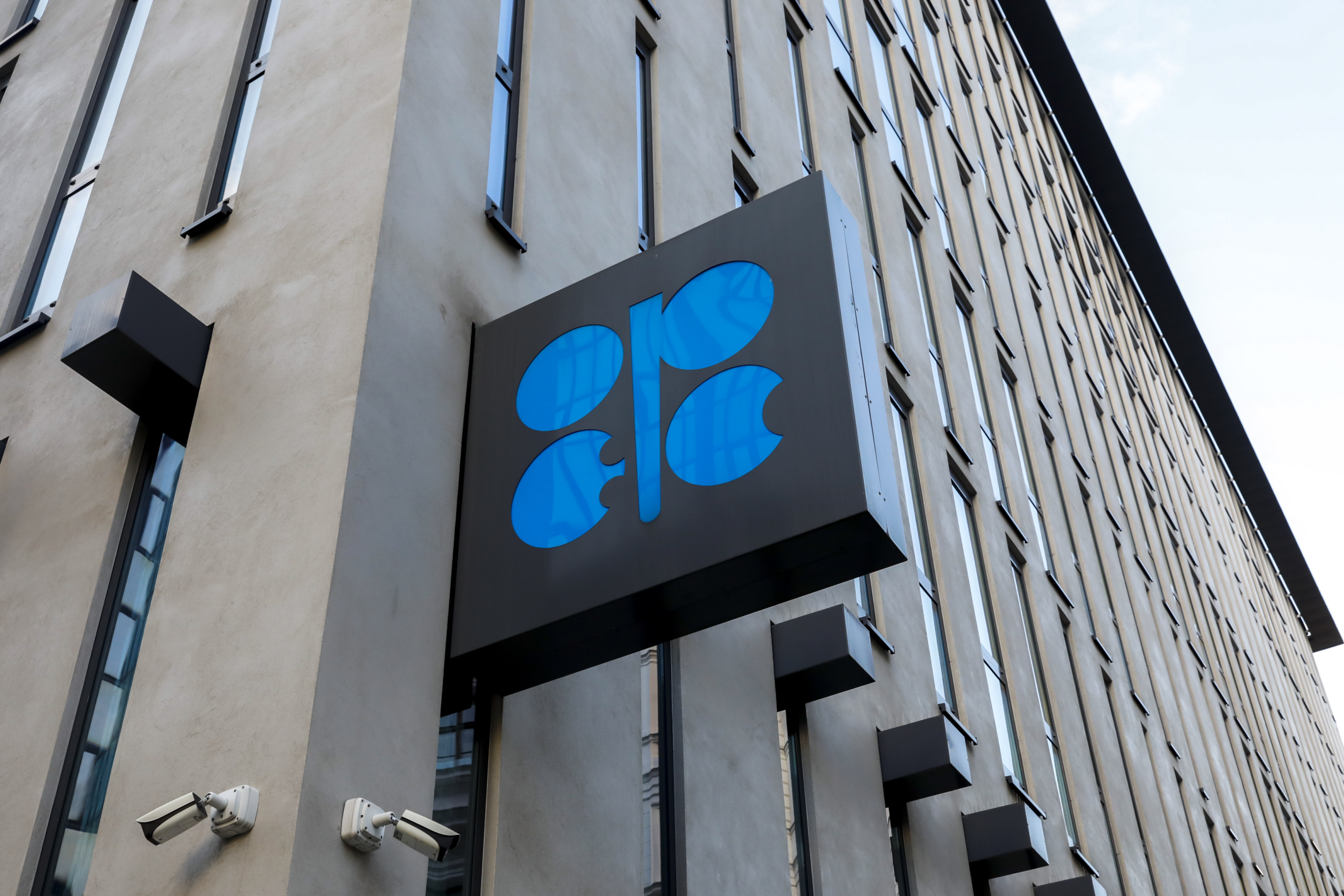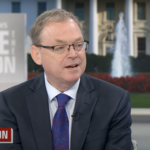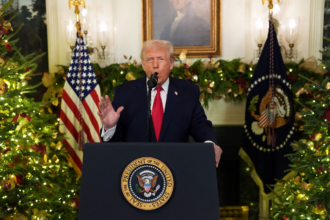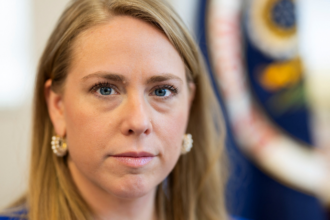OPEC+ has agreed to further raise oil production beginning in October as leader Saudi Arabia pushes to regain market share, while slowing the pace of increases compared with previous months due to an anticipated weakening of global demand.
OPEC+ has been increasing production since April after years of cuts to support the oil market, but the Sunday decision to further boost output came as a surprise amid a likely looming oil glut in the northern hemisphere winter months.
Eight members of OPEC+ agreed in an online meeting on Sunday to raise production from October by 137,000 barrels per day, it said in a statement, much lower than the monthly increases of about 555,000 bpd for September and August and 411,000 bpd in July and June.
The Sunday deal also means OPEC+ has begun to unwind a second tranche of cuts of about 1.65 million bpd by eight members more than a year ahead of schedule. The group has already fully unwound the first tranche of 2.5 million bpd since April, equivalent to about 2.4% of global demand.
“The barrels may be small, but the message is big,” said Jorge Leon, analyst at Rystad and a former OPEC official. “The increase is less about volumes and more about signaling – OPEC+ is prioritizing market share even if it risks softer prices.”
OPEC+, made up of the Organization of the Petroleum Exporting Countries plus Russia and other allies, found it easy to raise production when demand was growing in summer, but the real test will come in the fourth quarter with expected slowing demand, Leon said.
OPEC+ said it retained options to accelerate, pause or reverse hikes at future meetings. It scheduled the next meeting of the eight countries for Oct. 5.
OPEC’s output increases this year also come as Saudi Arabia has sought to punish other members such as Kazakhstan for overproducing, and as the United Arab Emirates has built new capacity and sought higher targets.
Earlier this year, President Trump put pressure on the group to boost output as he sought to fulfill his election promise to bring down domestic gasoline prices.
The increases in output have led to a fall in oil prices of around 15% so far this year, pushing oil companies’ profits to their lowest since the pandemic and triggering tens of thousands of job cuts.
Oil prices have not collapsed, however, trading at around $65 a barrel, supported by Western sanctions on Russia and Iran. That has emboldened OPEC+ to continue increasing output.
OPEC+’s hikes have fallen short of the pledged amounts because most members are pumping near capacity.
As a result, only Saudi Arabia and the United Arab Emirates are able to add more barrels into the market, analysts have said and data have shown.
OPEC+ had two layers of cuts before the Sunday deal — the 1.65 million bpd cut by the eight members, and another 2 million bpd cut by the whole group in place until the end of 2026.










